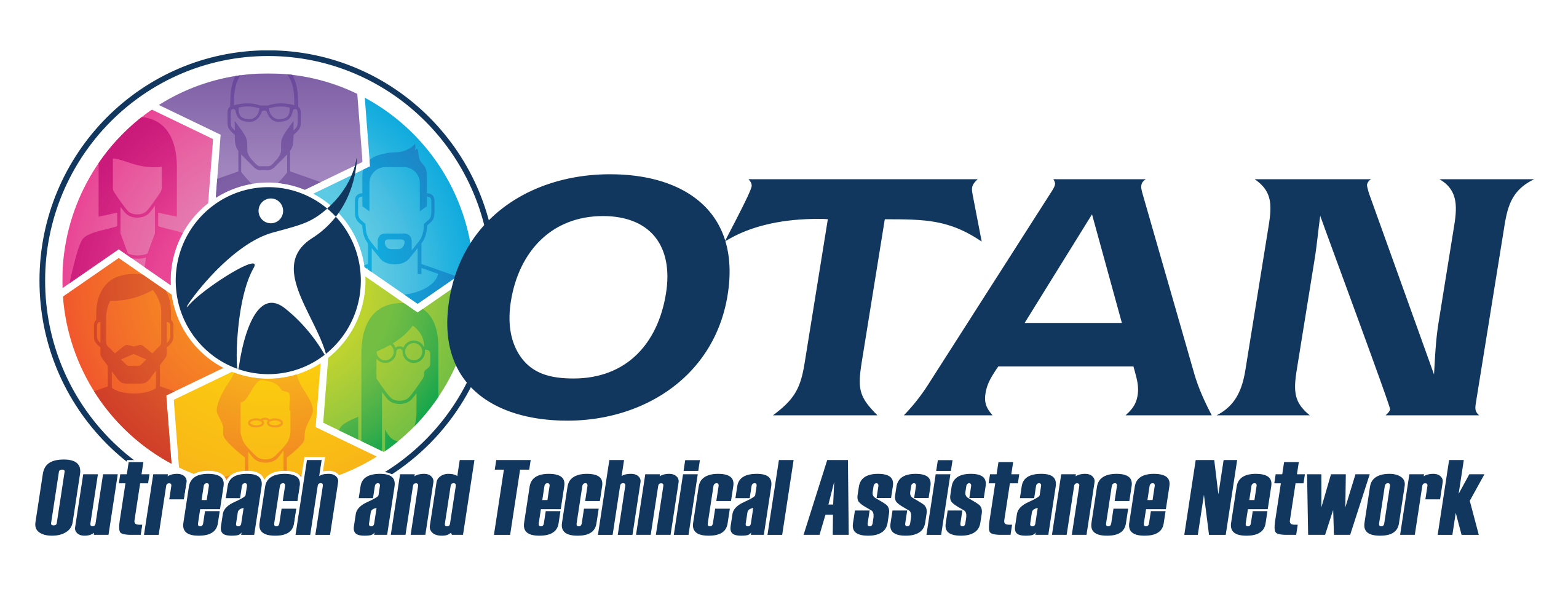Search
McGraw-Hill Education Language Lab – Grammar & Vocabulary Flashcards (Mobile App)
Details
Main Website:
Activity Website:
Activity Description
Assign students to use the flashcards to practice or review grammar or vocabulary that has been taught and studied in class. There are numerous flashcards for grammar and vocabulary that include punctuation, writing, and reading for all levels of ESL. The flashcards correlate with McGraw Hill ESL textbook titles, but the textbooks are not required for use of the flashcards. All flashcards are text-based except those in the English Illustrated Dictionary.Preparation
- Download the app on your device(s).
- Enable your school’s wi-fi on each device. Note: This may require a password.
- Select a flashcard set that students will use to practice or review the vocabulary or grammar you will teach in class.
- Decide how you will demonstrate the use of the apps for students. You may need either a document camera and screen, or a cable that will connect your device to a projector with a screen.
- Practice using the app to familiarize yourself with the flashcards. Note: There is a Web app available for use on computers in a lab, however it does not work if you use Internet Explorer or Firefox as your browser. The Web app does work in Google Chrome, but does not include all the titles of the mobile app; it has only "Practice Makes Perfect English Vocabulary for Beginning ESL Learners" and "Practice Makes Perfect English Verbs." And the online app does not have the options noted below in the "How to:" section of this activity. They are just basic flashcards.
How-To
- Open the app.
- Select a title.
- Select Answers to have answers displayed first or Questions to have questions displayed first on the flashcards. Select both Questions and Answers for both to be displayed on the front of flashcards.
- Select a chapter.
- Say or write the answer.
- Flip the flashcard to the other side by selecting the bottom right corner.
- If you got the correct answer, select Got it!
- If your answer was incorrect or you didn’t know the answer, select Missed it!
- You can create your own flashcard set of “Favorites” by selecting the star at the top right. You can access your Favorite flashcards set by selecting the favorites button on the home page. Favorites can be removed by unchecking the star in the Favorites set.
- After you finish studying all flashcards in the set, select Show My Score.
- Your score for a flashcard set study session is shown as a percentage. Also, your score is saved for each set of flashcards you study, even if you do not complete the full set. The score will appear as a progress bar and percentage under the set name in the menu. Scores are aggregated at the chapter and book level, as well. Card sets that have been studied show a progress bar with the most recent score.
Teacher Tips
- In the Illustrated English Dictionary, select Pictures for flashcards to show images first; select Words for flashcards to show words first; select both Pictures and Words for both images and words to be displayed on the front of flashcards.
- In the other titles, select Answers to have answers displayed first or Questions to have questions displayed first on the flashcards. Select both Questions and Answers for both to be displayed on the front of flashcards.
- If there are a limited number of devices, students can work in pairs and small groups to ask each other the questions or provide oral answers, alternating turns with each flashcard.
- There are more than 60 hours of free content. There are subtopics within some chapters. Mobile devices do not need Internet access to use the app once it has been installed. See "Help and About" on the opening screen for information.
More Ways
- Chapter topics in each title are as follows:
- Practice Makes Perfect (PMP): English Vocabulary for Beginning Learners: people and places; singular, plural, and noncount nouns; proper nouns; possessive nouns and pronouns; verbs used as nouns; more specific nouns (i); more specific nouns (ii); making descriptions; comparisons and superlatives; verbs and nouns used as adjectives; structural adjectives; the verb be; non-to be verbs; adverbs of place, time, and frequency; adverbs of manner; vocabulary for technology.
- Practice Makes Perfect (PMP): English Verbs 2E: simple present; be verb forms, simple present; present progressive; present perfect; present perfect progressive; simple past; be verb forms, simple past; past progressive; past perfect; past perfect progressive; simple future; be going to; future progressive; future perfect; future perfect progressive; imperative; passive; hypothetical conditional; phrasal verbs; modal auxiliary verbs; gerunds; infinitives; gerunds or infinitives.
- Within each chapter, there are grammar, reading, writing, and vocabulary flashcards.
- Easy English Step by Step: meeting people; habits, customs, and routines; food: shopping and restaurants; getting around town; recreation and hobbies; making friends; health and medicine; shopping and clothing.
- English Illustrated Dictionary: Around the house, people, foods, clothing, around town, transportation.
- ESL Demystified: Improving your accent; names, definite and indefinite articles, and determiners; present and past tense usage; present perfect, past perfect, and future tenses; adjectives and adverbs; pronouns and possessives; reflexive and reciprocal pronouns and interrogatives; auxiliary verbs; contractions and plurals; infinitives and gerunds; prepositions; imperatives; conjugations and clauses; negation; capitalization and punctuation; passive voice; subjunctive mood; impersonal pronouns and numbers; phrasal verbs.
Program Areas
- ESL: English as a Second Language
Levels
- Beginning Literacy
- Beginning Low
- Beginning High
- Intermediate Low
- Intermediate High
- Advanced
- All Levels

